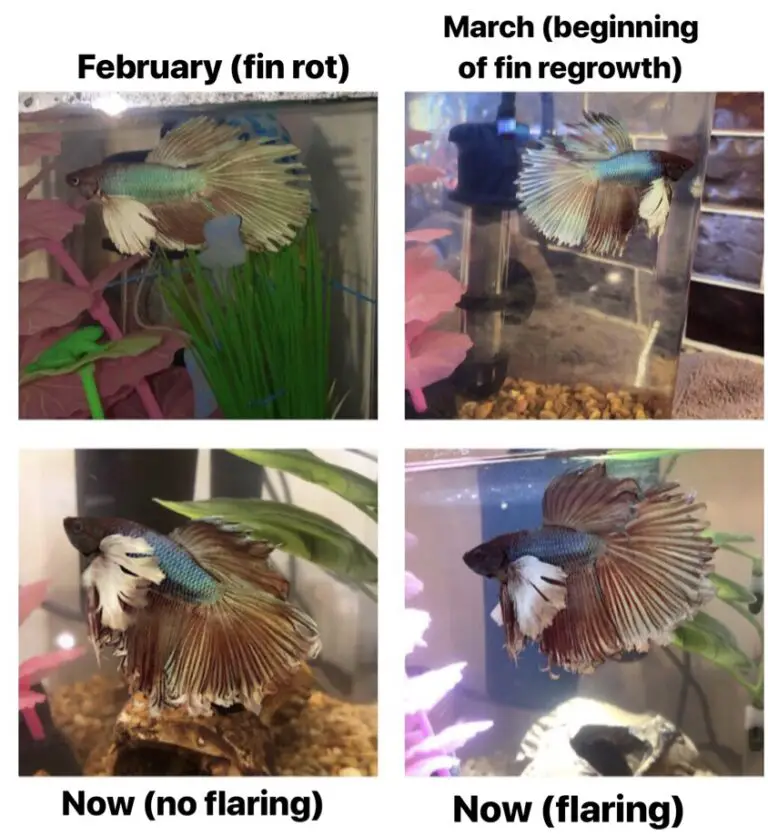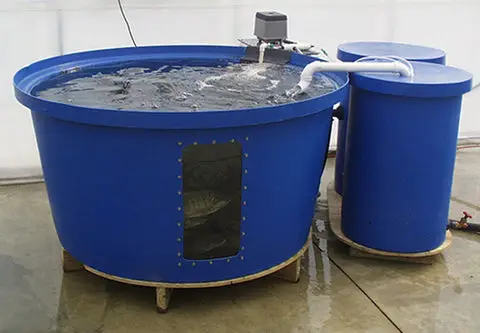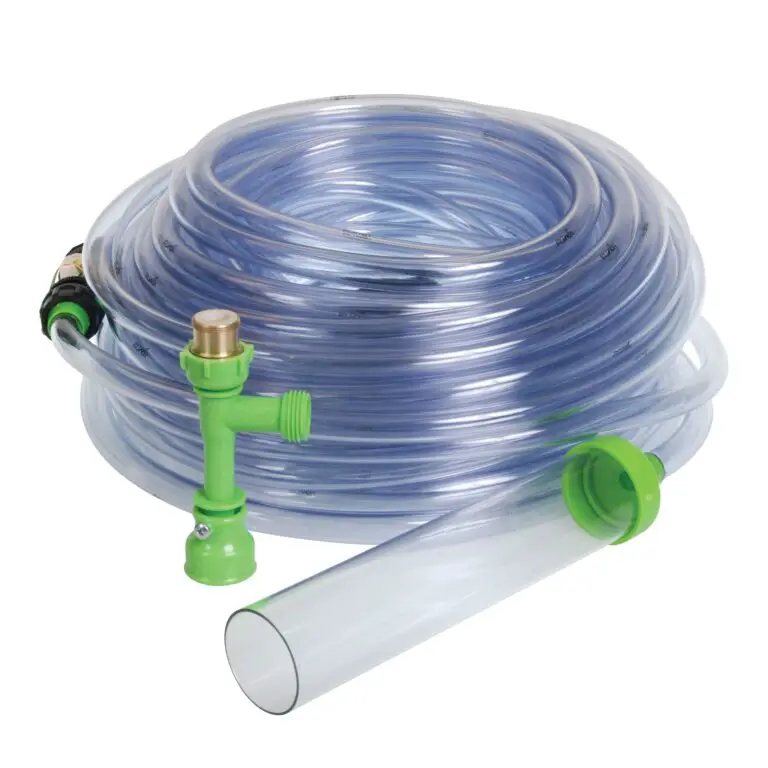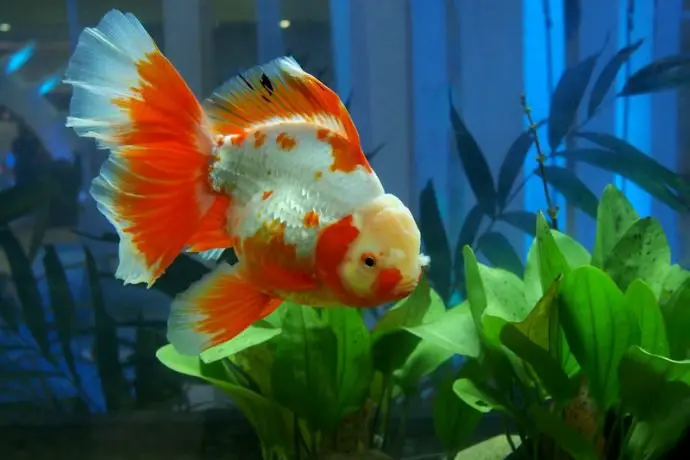How Often to Fertilize Aquarium Plants?
Aquarium plants should be fertilized on a regular basis to ensure they stay healthy and vibrant. The exact frequency of fertilizer application will depend on the type of plant, water parameters, and other factors in your tank. Generally speaking, it is best to fertilize aquarium plants every two weeks or so with a balanced fertilizer that contains macronutrients such as nitrogen, phosphorus, potassium, magnesium, calcium and iron.
If possible use different types of fertilizer for each nutrient to provide your aquarium plants with the most comprehensive nutrition available. Additionally liquid carbon sources can be used once or twice a month to supplement photosynthesis and overall health in aquatic plants.
Aquarium plants need fertilization to stay healthy and vibrant. Generally, water-soluble fertilizer should be added every 2 weeks in small amounts to ensure that the plants receive enough nutrients without overdoing it. It is important to read the instructions on the fertilizer package carefully before adding it to your aquarium so you know how much to use and when.
Additionally, regular water changes are also essential for providing trace elements that may not be available in a single fertilizer application.
How to Fertilize Aquarium Plants Naturally
Fertilizing aquarium plants naturally is possible and can be a great way to keep your tank looking lush and healthy. Using natural sources such as compost tea or liquid seaweed extract are popular choices, as they provide essential nutrients that help the plants thrive without adding any harmful chemicals into the water. Additionally, you can create fertilizer balls out of egg shells, banana peels, coffee grounds or other organic material and bury them around the roots of your aquatic plants for added nutrition.
Planted Aquarium Fertilizer Guide
Maintaining a healthy planted aquarium requires the use of fertilizers to provide essential nutrients for aquatic plants. Fertilizers come in many forms, including liquid solutions, pellets, and granules. Before selecting a fertilizer for your planted aquarium, it’s important to understand which nutrients are needed and how often you must apply them.
This guide will help you choose the right fertilizer for your needs so you can keep your aquatic plants thriving.
How to Use Liquid Fertilizer in Aquarium
Using liquid fertilizer in an aquarium is a great way to make sure that your fish and other aquatic creatures are getting all the nutrients they need. To use liquid fertilizer, add it directly into the water or mix it with tank water before adding it to the tank. Make sure to read and follow the instructions on the bottle for dosage and frequency of application as too much can cause problems for your aquarium life.
Additionally, observe your fish after introducing any new chemicals such as liquid fertilizer so you can spot any adverse reactions quickly.
Best Fertilizer for Aquarium Plants
When it comes to keeping your aquarium plants healthy and vibrant, using the right fertilizer is key. The best fertilizer for aquarium plants are liquid fertilizers that contain a combination of nitrogen, phosphorus, potassium and trace elements. These should be applied once a week or bi-weekly depending on the type of plant and its nutrient requirements.
Additionally, you can also use slow-release pellets as an alternative form of fertilizing to provide more consistent levels of nutrients over time without having to constantly reapply liquid fertilizers.
Aquarium Plant Fertilizer Safe for Fish
Aquarium plant fertilizers can be a great addition to any aquarium, as they are designed to help promote healthy and vibrant plant growth. However, when selecting a fertilizer for your tank, it is important to make sure that the product you choose is safe for fish. Aquarium plant fertilizers should be free of copper or other metals as these can be toxic to fish if consumed in large amounts.
Additionally, some types of fertilizer may contain nitrates which could lead to elevated levels of ammonia and nitrite in the water column; both of which are lethal for many species of fish. Be sure to read all labels carefully before purchasing an aquarium plant fertilizer and only use one labeled “safe for use with fish”.
Liquid Fertilizer for Aquarium Plants
Liquid fertilizer is a great way to give your aquarium plants the nutrients they need to stay healthy and vibrant. It can be directly applied to the water, or you can use it in combination with other fertilizers such as substrate tablets, root tabs, and powders. Liquid fertilizer contains essential macro-nutrients like Nitrogen (N), Phosphorus (P) and Potassium(K), which are all important for healthy plant growth.
Additionally, liquid fertilizer helps maintain a balanced pH level in your tank so that your fish have an optimal living environment. Furthermore, liquid fertilizers come in both organic and synthetic varieties depending on what works best for you!
Aquarium Co Op Fertilizer
Aquarium Co Op Fertilizer is a nutrient-rich liquid fertilizer that provides a wide variety of macro and micro elements to aquarium plants. This product helps improve plant growth and health by providing essential minerals like nitrogen, phosphorus, potassium, calcium, magnesium, iron and more in an easily absorbed form. It can also be used as part of an overall fertilizing regimen to promote strong root development and lush foliage.
Aquarium Co Op Fertilizer is safe for both fresh water and saltwater tanks making it suitable for any type of aquascape.
Best Liquid Fertilizer for Aquarium Plants Reddit
According to a recent Reddit discussion, the best liquid fertilizer for aquarium plants is Seachem Flourish Comprehensive Supplement. This supplement contains iron and other essential trace elements, making it an excellent choice for promoting plant growth in aquariums. Additionally, users noted that this product was easy to use and provided great results quickly.

Credit: badmanstropicalfish.com
How Do I Know When to Fertilize My Aquarium Plants?
When it comes to fertilizing aquarium plants, there is no one-size-fits-all answer. The needs of each plant will vary based on the type of plant, its size and growth rate, the amount of light available in your tank, water parameters like pH and temperature, as well as other factors. Generally speaking though, you should start out by monitoring your aquarium’s nitrate levels.
Too much or too little nitrogen can be detrimental to plants’ health and growth so keeping an eye on nitrate levels is a good way to determine when it’s time for fertilizer supplementation. If after several weeks you notice that levels are low or not increasing then that may indicate a need for additional nutrients from fertilizer. Additionally, if you find any discoloration in the leaves or slower than normal growth rates those could also be signs that your plants require more nutrition from fertilizer.
Lastly, if all else fails many experienced aquarists recommend dosing with some form of liquid macro/micronutrient mix every 1-2 weeks regardless of readings just as a precautionary measure – this can also help maintain healthy populations of beneficial bacteria which further aid in overall tank health!
Can You Over Fertilize Aquarium Plants?
Yes, it is possible to over fertilize aquarium plants. Excessive amounts of fertilizer can cause nutrient toxicity and other problems that can harm the health of your aquatic plants. If you are using liquid fertilizers, make sure to follow the instructions on the label carefully, as too much fertilizer can lead to major issues such as algae growth or stunted plant growth.
It’s important to be aware that some liquid fertilizers contain a mix of both macro- and micronutrients; if you overfertilize with one or more of these components, it could end up being detrimental for your tank’s inhabitants. Additionally, organic waste from fish food and other sources will add nutrients into the water column which should also be taken into account when adding additional fertilizer supplements. Ultimately, while there is no hard rule on how often you should use fertilizer in an aquarium setup -experience teaches us that moderation is key!
Start off with small doses before gradually increasing your dosage until you find a balance between what works best for your particular tank setup without risking an overdose of any particular element or substance.
How Often Do You Feed Aquatic Plants?
Aquatic plants are an essential part of any healthy aquarium, providing beneficial filtration and oxygenation to the water. To ensure that your aquatic plants remain healthy and vibrant, you should feed them regularly with a fertilizer designed specifically for aquatic plants. Generally speaking, it’s best to fertilize your aquatic plants once every week or two; however, this may vary depending on the type of plant you have as well as various other factors such as lighting and temperature levels in the tank.
Some types of aquatic plants may require more frequent feeding than others—for instance, fast-growing stem plants like hornwort may need to be fed twice weekly while slower-growing species like Anubias can get away with being fed only once per month. Additionally, if you have recently added new live plants to your tank or if there has been an increase in algae growth inside the tank then it is also recommended that you provide extra nutrients for your existing aquatic plant life by increasing their feeding schedule accordingly.
How Do You Fertilize Live Plants in an Aquarium?
Fertilizing live plants in an aquarium is a very important step for keeping them healthy and beautiful. Aquarium plants are not only aesthetically pleasing, but they also help to keep the water quality balanced, providing oxygen and removing toxins from the tank. To ensure that your aquatic plants get all of the nutrients they need to thrive, you should fertilize them regularly with liquid or tablet fertilizer.
When using liquid fertilizer, it’s best to add small amounts every few days or once a week because too much can cause algae blooms or damage delicate plant roots. Tablet fertilizers are slower-acting than liquids so you can use fewer tablets spaced further apart; usually one tablet per gallon of water every 2-4 weeks is sufficient depending on how many fish and other inhabitants you have in your tank as well as how heavily planted it is. Keep in mind that some aquariums may require additional supplements such as trace elements or iron which will depend on the type of substrate used (e.g., sand versus gravel).
Lastly, be sure to remove any uneaten food particles quickly after feeding time since these will decompose into ammonia which can harm both fish and living plants alike!
The BEST Way to Explain Aquarium Plants & Fertilizers for Beginners
Conclusion
Overall, fertilizing aquarium plants is essential to keeping them healthy and vibrant. The frequency of fertilization depends on the type of plant you have and the amount of light it receives. For most plants, a balanced fertilizer should be used every two weeks during peak growing season and less frequently in winter months or when lights are kept off for extended periods.
When introducing new plants into an established tank, it’s best to add fertilizer at half strength until they become acclimated. Remember that too much fertilizer can be detrimental to your aquatic garden as can not enough!






